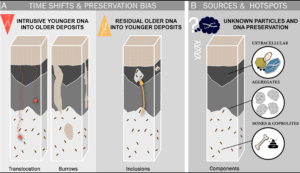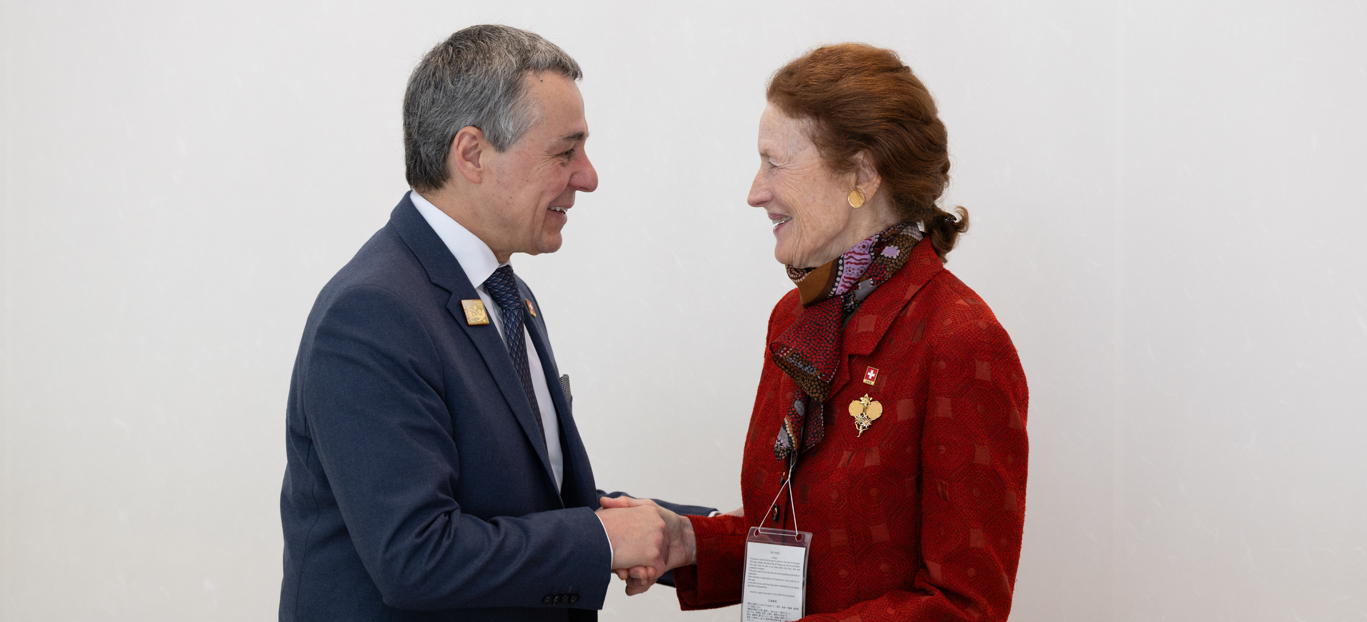Advances in science and technology are retooling archaeological methods and technologies in multiple ways, with new techniques enhancing practice and knowledge and opening pathways for rewriting the narrative of human history.
Molecular techniques enable valuable data to be extracted from fragmentary remains and even from sites that lack discernible artifacts. This is shedding new light on past diseases and pathologies, diets, and even migrations. As a result, questions that were previously unanswerable can now be approached, and concepts that were once taken for granted have been assigned greater nuance or even disregarded, according to the 2024 GESDA Science Breakthrough Radar®. However, certain problems remain to be solved.
“One is that archaeology is afflicted by severe preservation bias,” the Radar says. “Materials such as stone can survive well in archaeological deposits, while more perishable substances like wood are prone to decay rapidly. As a consequence, our understanding of the past is skewed towards materials that survive and regions of the world with good preservation conditions.”
The new methods, such as LiDAR and digital imaging, are revolutionizing how we understand the past, potentially reinterpreting historical narratives. These methods offer greater precision and detail than traditional excavation, allowing archaeologists to uncover hidden sites, analyze artifacts in new ways, and visualize complex archaeological landscapes. This leads to a more nuanced and potentially revised understanding of past societies and events.
LiDAR, which stands for Light Detection and Ranging, uses laser pulses to create detailed 3D maps of landscapes, penetrating vegetation and revealing hidden structures and features invisible from the surface. For example, it has been used to uncover vast, previously unknown Mayan cities in heavily forested regions. Switzerland has pioneered the technology, with its Federal Office of Topography, or Swisstopo, using airborne LiDAR to produce high-resolution maps for the entire nation during the past decade.
A University of Basel team that began conducting landscape research with the Graubünden Archaeological Service several years ago aimed to unearth a Roman battlefield in the Oberhalbstein Alps. In 2023, while using LiDAR and a high-resolution digital terrain model, they came across a previously undiscovered Roman military camp more than 2,000 meters high.
Digital imaging and 3D modeling allow archaeologists to create highly detailed and accurate representations of archaeological sites and artifacts, enabling better analysis, visualization, and communication of findings. This can lead to a more comprehensive understanding of site layouts, artifact characteristics, and the overall context of past human activity.
Advances in DNA analysis, like sodium phosphate dating, can extract DNA from bones and teeth without damaging them, offering insights into past populations and their relationships. Obsidian hydration dating, which analyzes the hydration of obsidian artifacts, can provide valuable dating information.
Earlier this year, researchers at the University of Gothenburg said their computed tomography (CT) scans of Viking Age skulls deepened the findings from earlier studies of teeth by showing the population had sinus and ear infections, osteoarthritis and severe oral and maxillofacial diseases.
New archaeological approaches, such as agential realism and new materialism, are challenging traditional ways of interpreting the past, leading to a more nuanced and complex understanding of human behavior and material culture. Archaeologists also are increasingly collaborating with other disciplines, such as geology, chemistry, and computer science, to enhance their analytical capabilities and gain a more comprehensive understanding of the past.
A new analysis published by a team from Massachusetts Institute of Technology (MIT) in Frontiers in Psychology earlier this year, for instance, used genomic data to search for the origin of human language, starting with an assumption that all languages share a common starting point. The team used data from 15 genetic studies over the past two decades to map out human geographic divergence. It suggested humans could communicate 135,000 years ago, and began using symbols 100,000 years ago.

At right: Different Types of LiDAR used in archaeology. (JOUAV)
Anticipating impact on who we are as humans, how we will all live together, and the well-being of humankind and the planet’s sustainable future
The Radar notes that new and improved dating techniques mean that some ancient artefacts can be directly and precisely dated, reducing the need for educated guesswork. Improved excavation methods are revealing subtle traces of past human activity, and of climatic and ecological shifts, that would previously have gone unnoticed, it says. As in other fields, AI is beginning to be used and has already led to significant breakthroughs.
Questions that were previously unanswerable can now be approached, and concepts that were once taken for granted have been assigned greater nuance or even disregarded, but equity issues abound, particularly with fewer researchers from the Global South and more technical fields such as molecular-level analysis. Questions surround the ownership of ancient materials, betrayal of Indigenous people by past generations of archaeologists, and lack of open-access online databases and standardized formatting to improve the general accessibility of archaeological data.
An invited contribution to the Radar on the future of archaeology emphasizes the field’s ongoing evolution, calling for archaeology to become increasingly fact-driven and collaborative, enhanced by scientific and technological advancements.
“An archaeological excavation can be likened to an historical ‘crime scene’: through close examination, archaeologists gather hints and fragmentary evidence that allow them to reconstruct past events. Although popular imagination primarily associates archaeology with fieldwork, current and future excavations will be increasingly supported by laboratory studies,” writes Christina Warinner, a Harvard University professor of anthropology and human evolutionary biology, highlighting the prospect of gaining insights into the past and future.
“New developments in the microscopic analysis of soils and sediments will help archaeologists understand the formation and nature of archaeological sites, detecting the signature of past events and practices in settlements, houses, courtyards, public and religious complexes,” she writes. “This, in turn, will contribute to our understanding of past societal organizations and long-term social changes — ranging from the adoption of agriculture, the development of complex societies, the use of writing and technology, the emergence of market economies and capitalism, to the impact of human on the environment — with an extraordinary and unmatched level of detail.”
Warinner concludes by quoting Winston Churchill’s aphorism about the need for examining the past to peer into the future. “We can already see much farther back — and ahead — much more clearly than we once could,” Warinner says. “Soon we will be able to see farther and more clearly still.” The Radar indicates such advancements will not only allow for a more fact-based understanding of history, but also prepare archaeologists to address future challenges using knowledge gleaned from the past. For example:
Integration of molecular techniques — Advances in molecular analysis allow archaeologists to extract valuable data from fragmentary remains and even from sites lacking clear artefacts. This enables new insights into historical diseases, diets, migrations, and the biological conditions of ancient peoples.
Improved dating methods — New and refined dating techniques, such as uranium-thorium dating, enhance the precision in determining the ages of ancient artefacts. This accuracy reduces guesswork and increases our confidence in placing archaeological finds within specific historical timelines.
Artificial intelligence and machine learning — The application of AI is helping to identify chemical signatures and can aid in restoring and interpreting ancient texts. This technology enables archaeologists to uncover details that were previously obscured, leading to a better understanding of human activities and technologies throughout history.
Collaborative and interdisciplinary approaches — The field of archaeology is experiencing a shift towards collaborative efforts that blend different scientific disciplines. This integration allows for more nuanced analyses of historical contexts, leading to richer narratives about past societies that incorporate various perspectives, including gender and hierarchy.
Palaeoclimate and environmental studies — Advances in techniques for studying ancient climates and ecosystems can illuminate how climate changes impacted human societies. This understanding helps to connect historical events with environmental shifts, providing insights into human resilience and adaptation throughout history.

At right: Schematic drawing showing time shifts where younger sedaDNA can migrate to older sediments by translocation (e.g., clays migrating downward) or burrowing, or older DNA being reworked into younger sediments (A); unknown sources that can contain sedaDNA at a microscopic scale: adsorbed to minerals or contained in micro-sized soil aggregates, bones, and coprolites (B). (PNAS)
Where the science and diplomacy can take us
The 2024 GESDA Science Breakthrough Radar®, distilling the insights of 2,100 scientists from 87 countries, anticipates that larger datasets will provide new insights, AI will help reconstruct ancient life stories, and interdisciplinarity will provide new archaeological tools over the next quarter century.
The findings in the 2024 Science Breakthrough Radar®
Based on the Radar, here’s where we stand in several important areas. Key Radar references:
→ 
→ 
→ 
→ 
→ 
→ 










